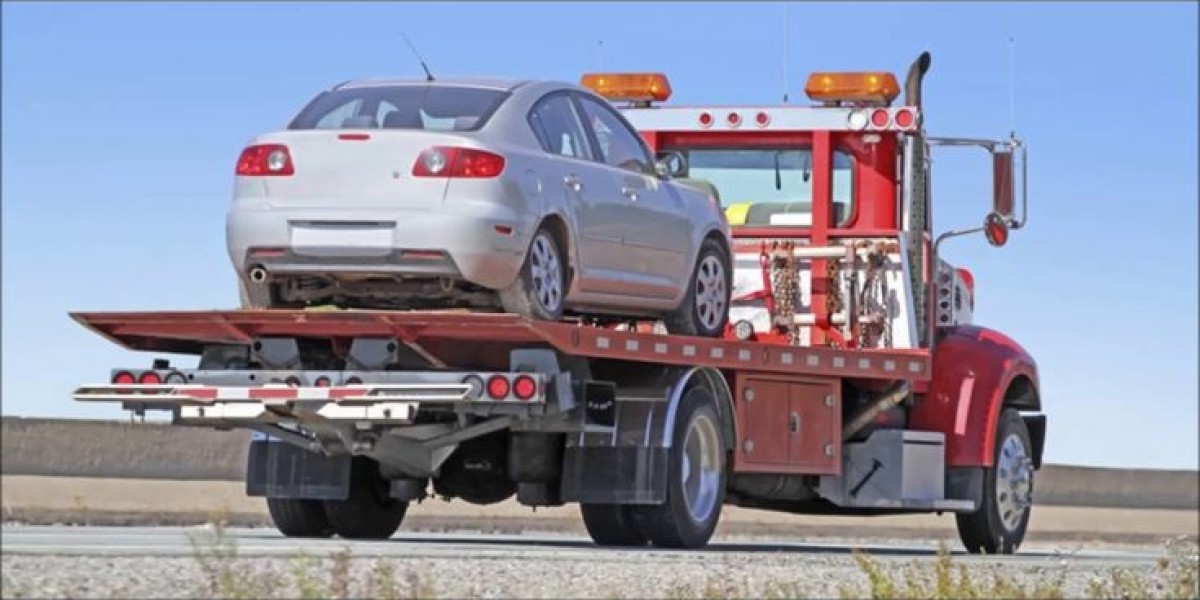When it comes to towing a trailer, safety is always the top priority. Hitching an unbraked trailer to a towing vehicle requires careful attention to ensure the safety of the driver, passengers, and other road users. Unbraked trailers, unlike their braked counterparts, do not have their own braking system, meaning the responsibility of stopping and controlling the load falls entirely on the towing vehicle. To make sure you’re towing safely, here are key steps and considerations when hitching an unbraked trailer to a vehicle.
1. Check the Towing Vehicle’s Capacity
Before attaching any trailer, especially an unbraked one, it’s crucial to ensure that your towing vehicle is capable of safely carrying the weight of the trailer and its contents. Every vehicle has a maximum towing capacity, which can be found in the owner's manual. Make sure the combined weight of the trailer, cargo, and any additional equipment doesn’t exceed this limit. Overloading can reduce the performance of your vehicle and affect braking and handling.
2. Inspect the Trailer for Safety
A thorough inspection of the unbraked trailer is a must before it’s hitched to the towing vehicle. Ensure that the trailer’s tires are in good condition, with sufficient tread depth and proper inflation. Check that the trailer’s lights and reflectors are functioning, as visibility is crucial for safety on the road, especially at night. Make sure the trailer hitch is secure, and the coupling mechanism is functioning properly. Additionally, check that the safety chains are in place and ready for use. These chains act as a backup in case the hitch fails.
3. Attach the Trailer Securely
When it comes to hitching the trailer, ensure that the coupling is firmly attached to the towing vehicle’s tow bar or hitch ball. For unbraked trailers, the hitching mechanism should be checked for stability. Double-check that the trailer is securely locked in place before you start driving. A loose connection can lead to dangerous swaying or detachment while on the road, putting everyone at risk.
4. Connect the Electrical System
If the unbraked trailer has electrical systems such as lights, indicators, or brake lights, ensure that they are properly connected to the towing vehicle. Even if the trailer doesn’t have brakes, it’s essential for the lights to be functional, as they help signal your intentions to other drivers. Failure to do so can lead to accidents and legal consequences.
5. Check the Load Distribution
When loading the unbraked trailer, proper distribution of weight is crucial. Ensure that the load is evenly spread out and centered on the trailer. An unevenly loaded trailer can cause instability, leading to swaying or even tipping over during travel. Heavy loads should be positioned closer to the trailer axle to avoid overloading the rear of the vehicle and the trailer. Keep in mind that unbraked trailers are more sensitive to heavy loads and will require careful handling, especially when driving on hilly or uneven terrain.
6. Adjust Your Driving to Account for the Load
Towing an unbraked trailer requires more attention on the road. Since the trailer lacks its own braking system, the towing vehicle must bear the full responsibility of stopping. This means you should allow more space for braking and drive at a reduced speed. In particular, avoid sudden braking or sharp turns that could cause the trailer to sway or jackknife. If you're traveling on steep inclines, be aware that braking will be much harder, and you might need to downshift or use engine braking to help control the load.
7. Use a Suitable Tow Bar or Hitch
Unbraked trailers require a suitable tow bar or hitch system for proper attachment. Ensure that your vehicle is equipped with a tow bar rated for the weight of the trailer. For lighter trailers, a basic hitch ball might suffice, but for heavier loads, a more robust hitch system might be needed. Make sure the tow bar is securely fastened and that any necessary adjustments are made to ensure stability during travel.
8. Follow Local Laws and Regulations
Different regions have specific regulations when it comes to towing unbraked trailers. For example, in some places, there may be weight limits for unbraked trailers or restrictions on the types of vehicles allowed to tow them. Additionally, you might need to have additional safety features, such as additional lighting or reflective materials, if the trailer exceeds a certain size or weight. Always check your local laws and ensure you’re in compliance with the regulations regarding towing unbraked trailers.
9. Perform Regular Maintenance
Towing an unbraked trailer places additional strain on your vehicle, especially on the brakes and suspension. Regular maintenance of both your towing vehicle and the trailer is essential for ensuring that everything operates smoothly and safely. Check the condition of the tires, brakes, and hitch system regularly, and repair or replace any worn-out parts before hitting the road.
Conclusion
Hitching an unbraked trailer requires attention to detail and careful preparation to ensure safety on the road. By following these important steps—checking your vehicle’s towing capacity, inspecting the trailer, securing the hitch, and adjusting your driving to account for the load—you can minimize the risks associated with towing. Remember, safety is the key to avoiding accidents and ensuring that both you and other drivers stay safe on the road.
FAQs
1. Can I tow an unbraked trailer with any vehicle?
No, the vehicle must be capable of safely handling the trailer’s weight, and the towing capacity should not be exceeded.
2. What happens if the trailer hitch isn't secure?
If the hitch isn't secure, the trailer can detach from the vehicle, causing dangerous accidents and potential damage.
3. How should I load an unbraked trailer?
Distribute the weight evenly and place heavier items closer to the axle to maintain balance and avoid swaying.
4. Are there legal restrictions for towing unbraked trailers?
Yes, there may be local laws regarding weight limits and other requirements for towing unbraked trailers. Always check your local regulations.
5. How often should I maintain my towing vehicle and trailer?
It’s recommended to check both the towing vehicle and the trailer before every trip and perform regular maintenance to ensure everything is in good working condition.








